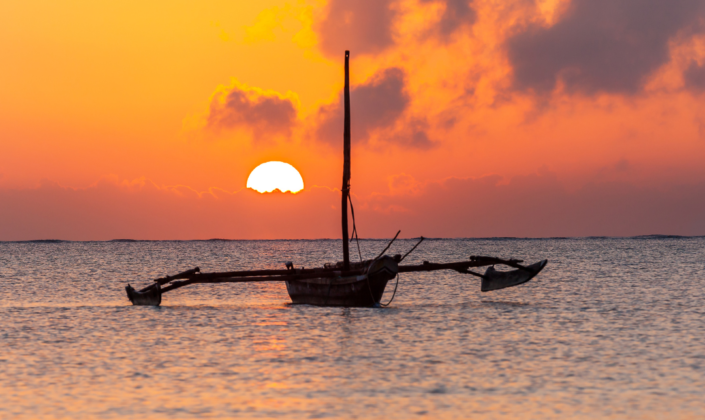
Reflections on his expedition to Africa: Carl Jung’s own words
Of his journey to Kenya, C. G. Jung shared:
“My companions and I had the good fortune to taste the world of Africa, with its incredible beauty and its equally incredible suffering, before the end came. Our camp life proved to be one of the loveliest interludes in my life. I enjoyed the ‘divine peace’ of a still primeval country.” (Memories, Dreams, Reflections, 1989, p. 164)
When C. G. Jung contemplated his trip to Kenya at age 50, he asked himself: “What is going to happen to Jung the psychologist in the wilds of Africa?” (1989, p. 273). He describes what he experienced as he drove away from Nairobi, the hub of colonial Kenya, in 1925.
“From a low hill in this broad savanna a magnificent prospect opened out to us. To the very brink of the horizon we saw gigantic herds of animals: gazelle, antelope, gnu, zebra, warthog . . . grazing, heads nodding, the herds moved forward like slow rivers . . . This was the stillness of the eternal beginning, the world as it had always been, in the state of non-being; for until then no one had been present to know that it was this world. (1989, p. 255).
“What is going to happen to Jung the psychologist in the wilds of Africa?”
Carl Jung

A highlight of Carl Jung’s time camping in Kenya involved his morning ritual of which he says:
“The sunrise in these latitudes was a phenomenon that overwhelmed me anew each day. The drama of it lay less in the splendor of the sun’s shooting up over the horizon than in what happened afterward. I formed the habit of taken my camp stool and sitting under an umbrella acacia just before dawn. Before me, at the bottom of the valley, lay a dark, almost black-green strip of jungle, with the rim of the plateau on the opposite side of the valley towering above it. At first, the contrasts between light and darkness would be extremely sharp. Then objects would assume contour and emerge into the light which seemed to fill the valley with a compact brightness. The horizon above became radiantly white. Gradually the swelling light seemed to penetrate into the very structure of objects, which became illuminated from within until at last they shone translucently, like bits of colored glass. Everything turned to flaming crystal. The cry of the bell bird rang around the horizon. At such moments I felt as if I were inside a temple. It was the most sacred hour of the day. I drank in this glory with insatiable delight, or rather, in a timeless ecstasy.” (Jung, 1989, p. 268)
In June of 2023, I had the privilege of visiting Kenya with Miriam Smith at Echoes of Eden. The dazzling beauty of the land, the sky, the water, and the animals enveloped me. Since leaving that stunning land, I’m in the throes of asking myself, like Jung, the poignant question: “What happened to Jeanne in Africa?”



